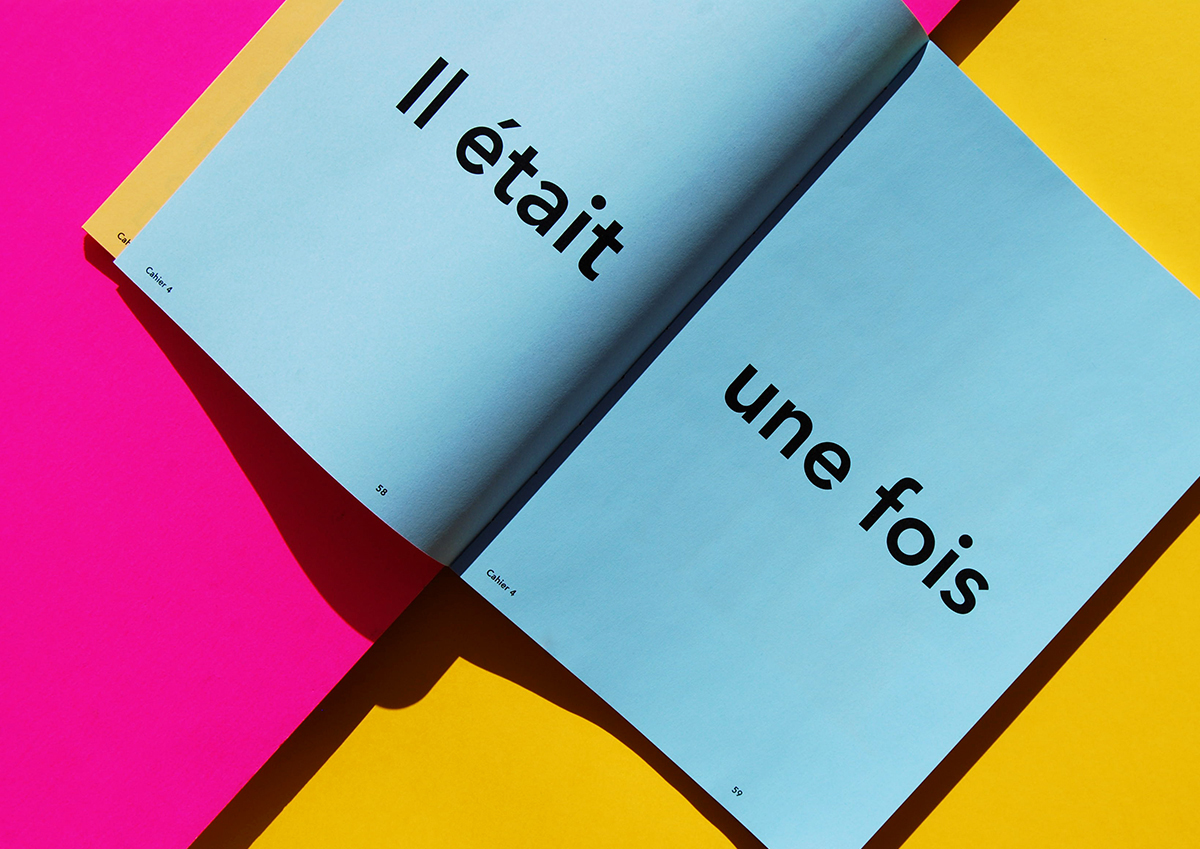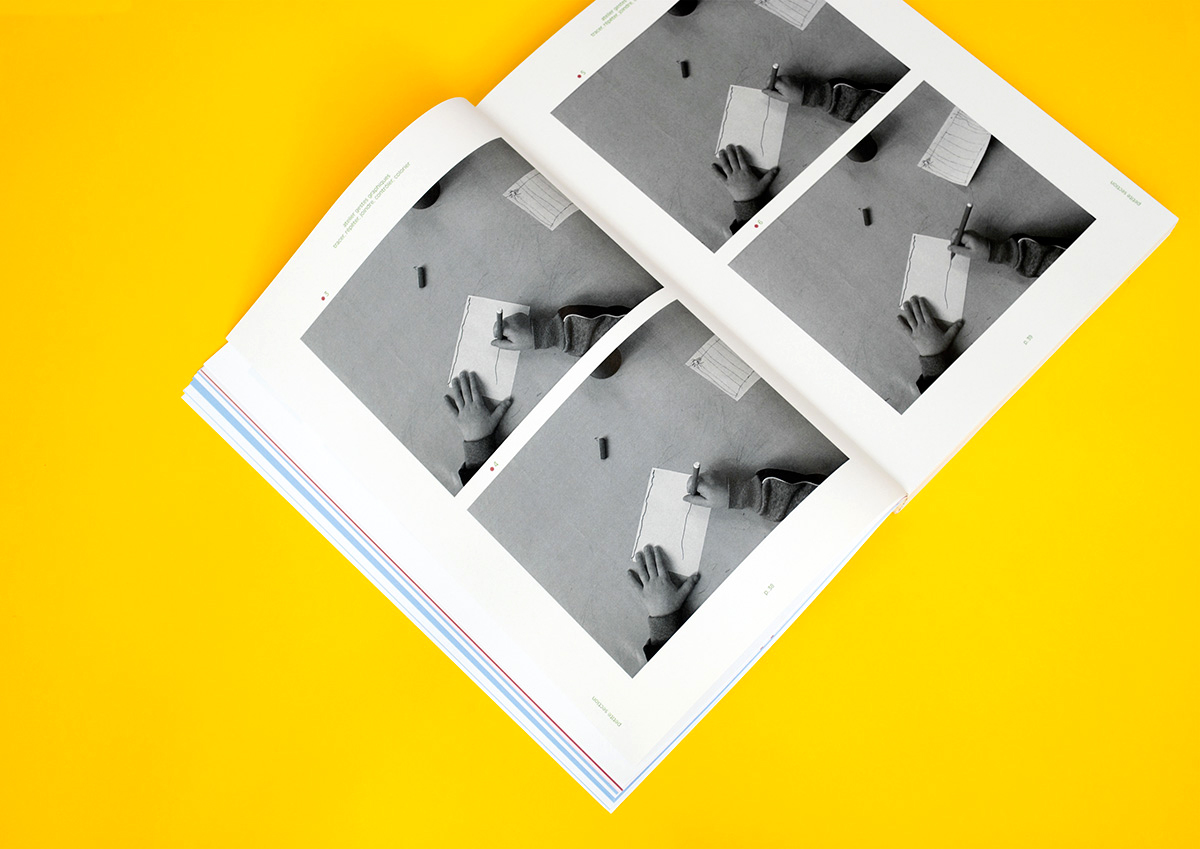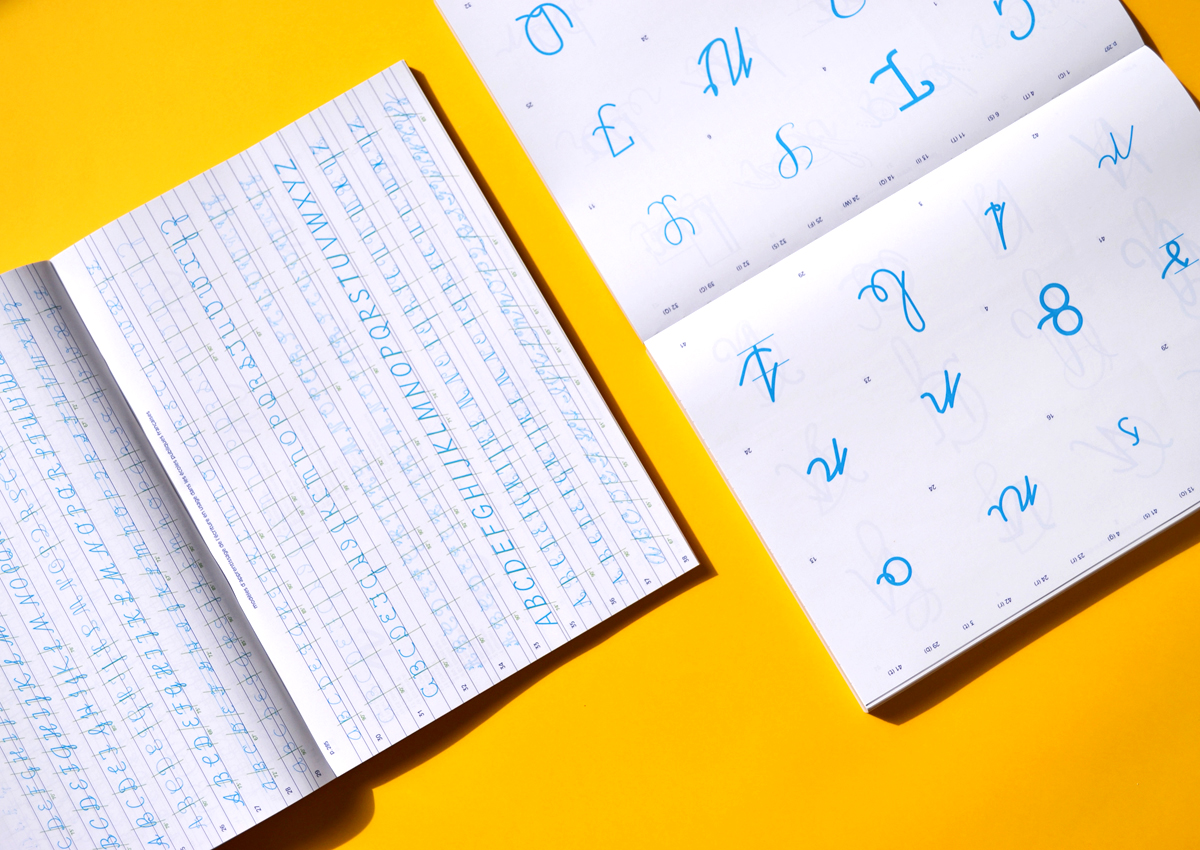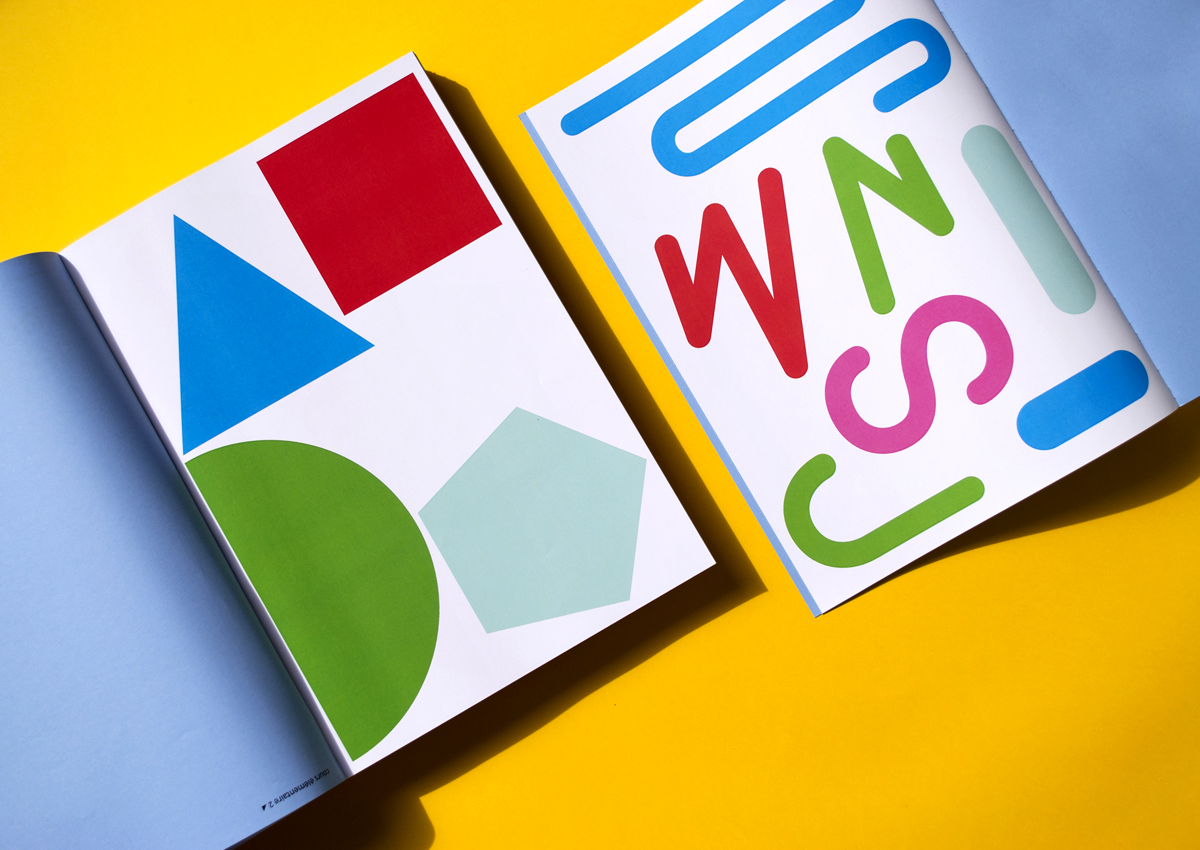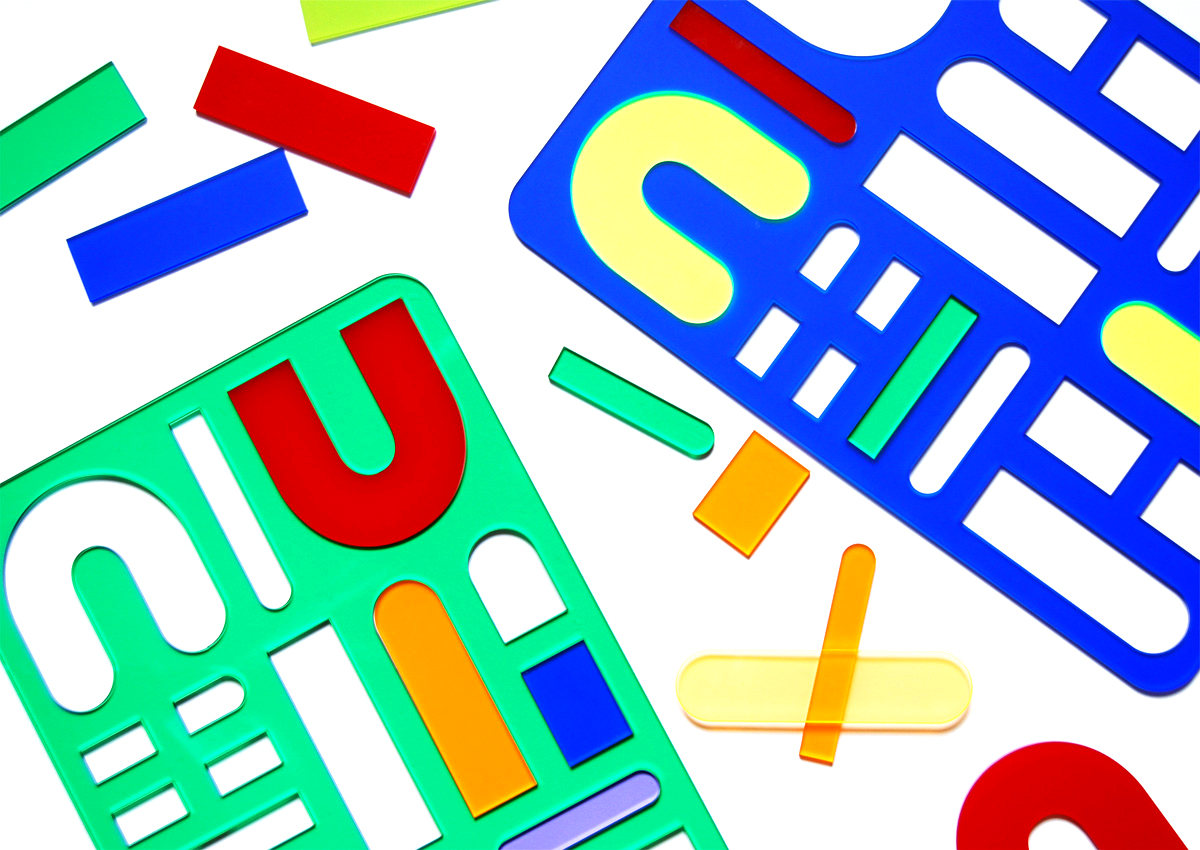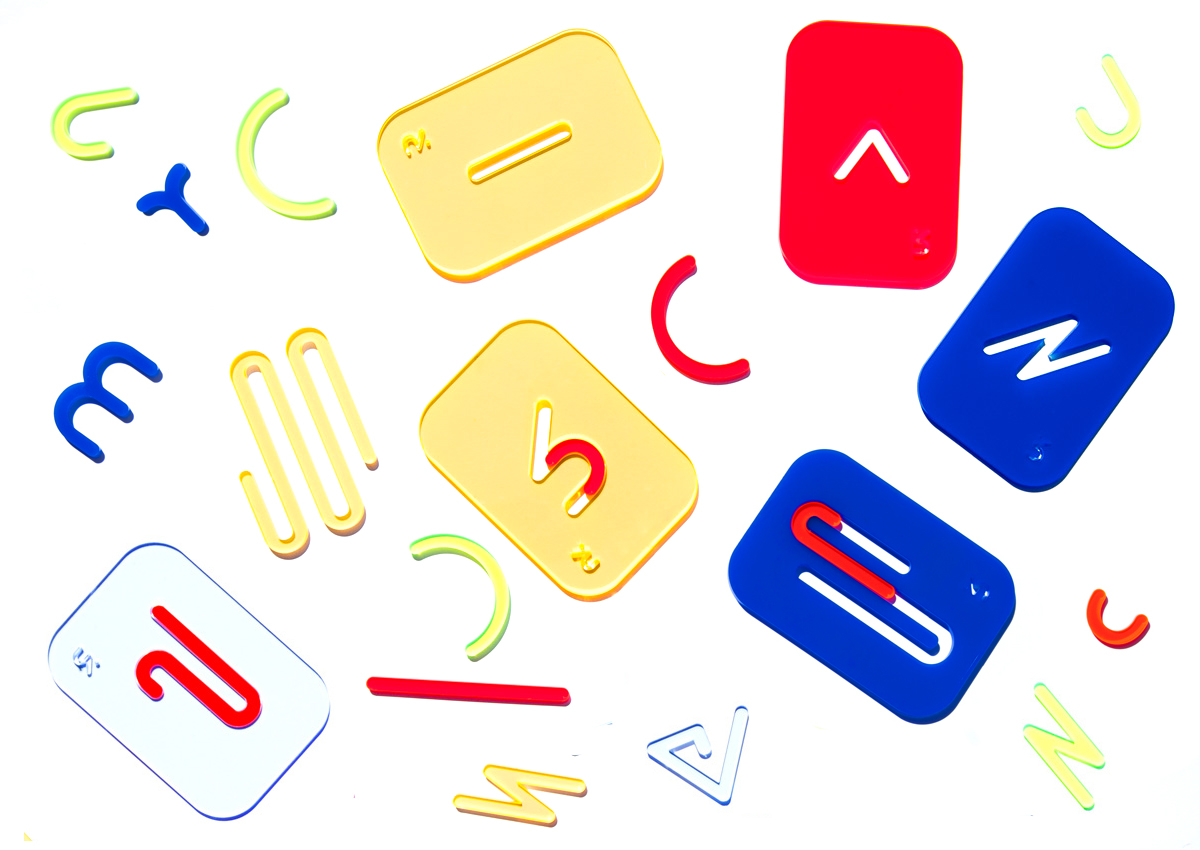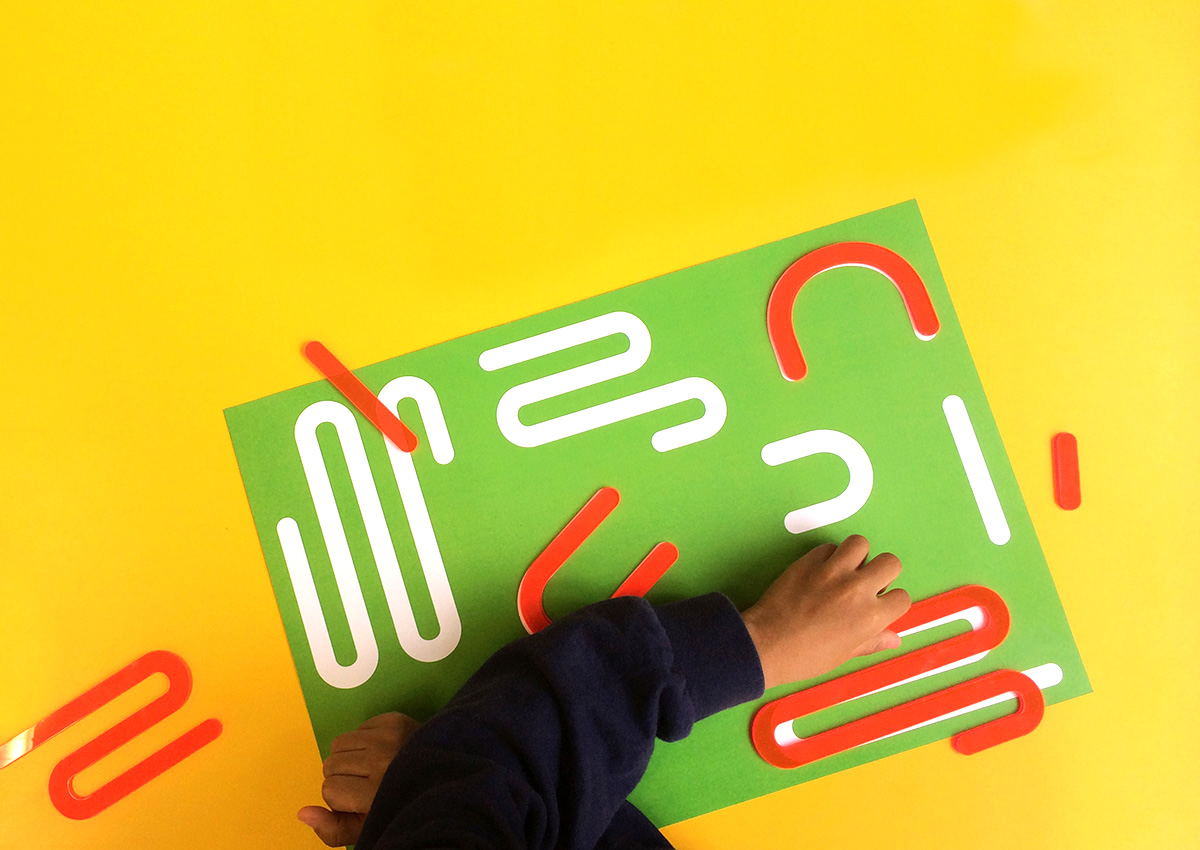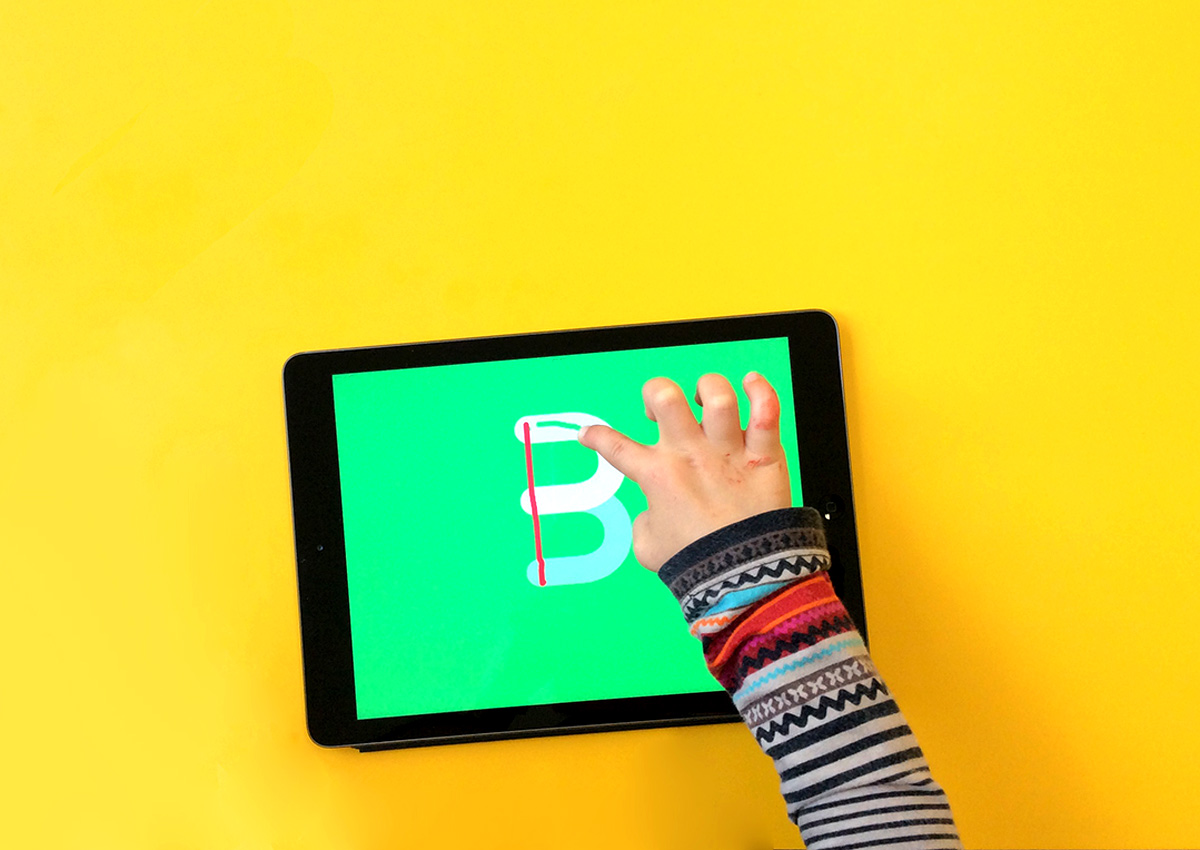From the gesture to the idea: graphic forms of the writing at the primary school
Éloïsa Pérez zoomWriting is foremost a mode of expression. Its acquisition implies the learning of graphical systems, and of the syntactical and semantic logics that govern the language it represents. Stemming from a desire to study the contribution of graphic design to pedagogy, this project deals with the graphic dimension of writing through the study of the learning process that accompanies it. Three months of immersion in several public schools in Nancy enabled me to identify the forms adopted by this learning process throughout the eight classes that make up the French primary school. The collected material was compiled into a book of about 450 pages, which is accompanied by a targeted study of fifty cursive writing styles used in schools. Observation revealed heterogeneous writing practices. These do not benefit from a unified method adopted by all teachers, but present themselves as a diversity of approaches that aim to allow the child to express himself through writing. A written text bringing together handwritten forms and mechanical typesetting processes, combining cursive writing styles and typographic styles called “script”. What at first is expressed through an irregular gesture is set to become, during the learning process, a conventional form as close to a model as possible. Faced with a vast subject that potentially covers many research areas, this project (which started in October 2013 at ANRT) has focused on the nursery school classes. This stage is crucial because it marks the start of the process, during which the writing will appear in a hybrid state nourished by a diversity of knowledge that is being acquired simultaneously.
The methodology has taken the path of the practice through the design of educational material aimed at developing the writing gesture in young children aged 3–4 years old, This material enables an entry in the writing process through the concrete apprehension of forms. This educational material is designed to offer a progression while keeping a graphic coherence, in line with the intellectual development of the child. Based on sensations and feel, it offers a variety of textures and characteristics (transparent plastic, rough, matte, fluorescent) and evolves according to the uses identified during weekly workshops held in classrooms. Produced as a series, the pieces that have been imagined are simplified geometric forms that invite children to experiment typographical concepts such as full shapes and counter shapes, modular construction and rhythm. For this purpose, a digital application for use on tablets (iPad) was developed through a partnership with the Laboratory of Cognitive Sciences of the Mines school of Nancy. At the end, more than forty workshops have been set up to accompany a class of nursery school throughout this school year and from next September. Absent from official programs lead by the Éducation Nationale, and although this dimension is constitutive of the transmission of ideas, visual management of graphic space is not addressed beyond the rules that regulate the learning of handwriting.
As part of school workshops conducted in an elementary school with a group of 6–11 year old children throughout 2014–2015, we imagined a story about the book, in which children were faced with the various stages of a self-publishing chain, from the design to the choice of the content material for producing the book. The pages that are showed on the screen present an overview of the work that has been done.
